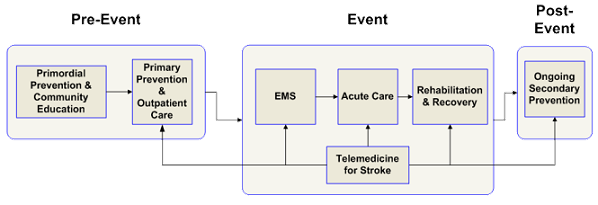Look how appalling this is! Improving 'care', NOT RESULTS OR RECOVERY! This is why we need survivors in charge; we would single mindedly focus on 100% recovery; NOT THIS USELESS 'CARE' CRAPOLA!
Send me hate mail on this: oc1dean@gmail.com. I'll print your complete statement with name and my response in my blog. Or are you afraid to engage with my stroke-addled mind? Survivors would like to know why you are doing useless stuff.
Georgia Coverdell Acute Stroke Registry
PROGRAM HISTORY
Named in honor of the late Senator Paul Coverdell of Georgia, who died of a massive stroke in 2000, the primary goal of the Georgia Coverdell Acute Stroke Registry (GCASR) program is to improve the care of acute stroke patients in the hospital and pre-hospital settings. The program is funded by the Centers for Disease Control Paul S. Coverdell National Acute Stroke Registry cooperative agreement and was established in 2001 as a prototype project implemented by the Emory University School of Medicine. Full implementation and incorporation into the State’s Department of Public Health (DPH) began in 2005.
PURPOSE
This program addresses quality improvement in multiple areas of stroke care, from rapid screening, diagnosis, and intervention for patients experiencing an acute stroke, to secondary prevention measures such as blood pressure control, smoking cessation, and treatment of elevated cholesterol to reduce the incidence of recurrent stroke after hospital discharge. In addition, the program will also help improve the use of rehabilitation services for those who have experienced an acute stroke, in an effort to reduce long-term disability due to stroke.
States in the southeastern U.S. have the highest incidence and mortality of stroke; as a result, this area of the U.S. is commonly referred to as the stroke belt. In an effort to reduce long-term disability, the GCASR and the State of Georgia Cardiovascular Health Initiative Program work to reduce heart disease-and stroke-related morbidity and mortality in Georgia.
View the following videos:
Coverdell Stroke Program: Ensuring that All Americans Receive the Highest-Quality Care
Dr. Frankel’s Coverdell Story: Improving Stroke Care in Georgia
GOALS
Increase Quality Improvement through collaborative efforts among participant hospitals, EMS agencies and Rehabilitation facilities
Lower the stroke morbidity experienced in Georgia.
Enhance the effectiveness of secondary care and prevent recurrent strokes.
Develop protocols to guide clinical care with effective stroke management.
Develop effective methods to care for acute stroke patients.
The Components of Stroke System of Care

PARTICIPATING HOSPITALS
No comments:
Post a Comment